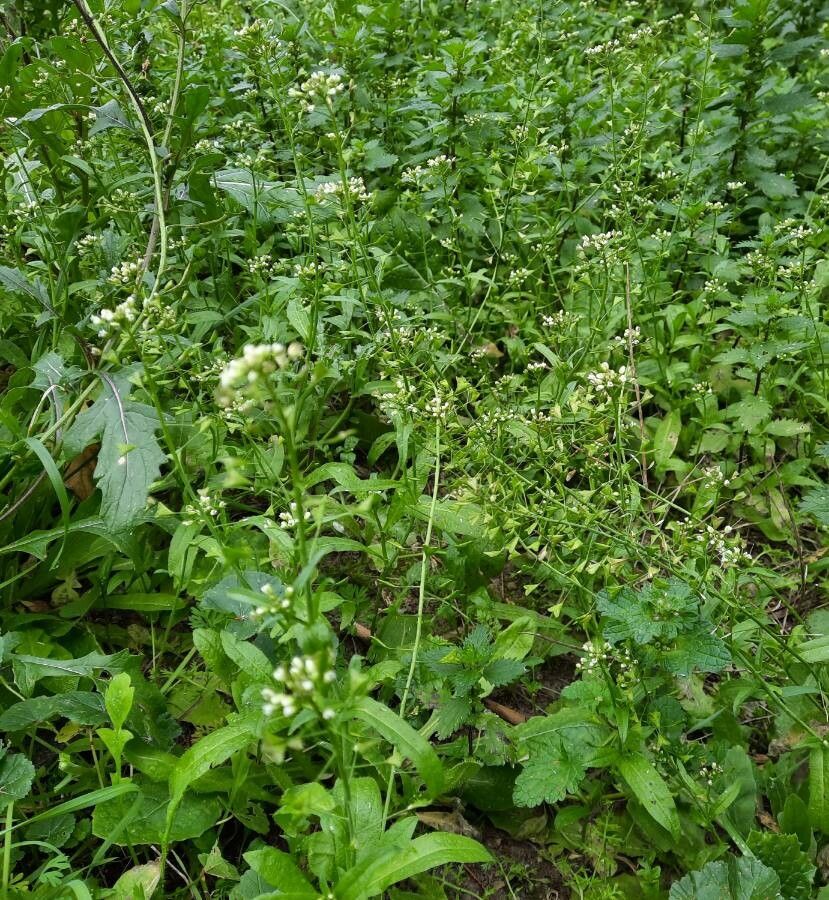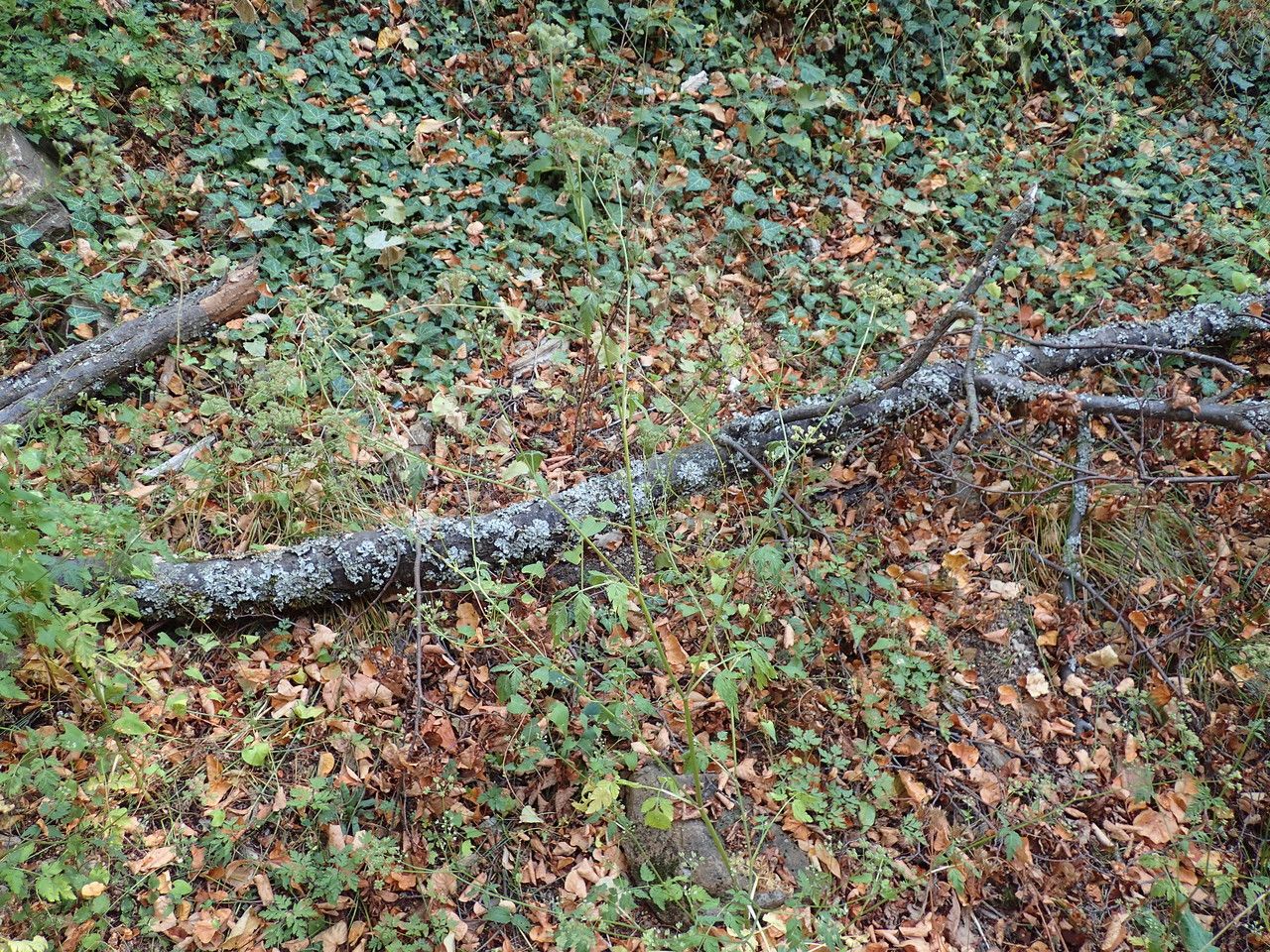## Chios Mastic Tree: A Treasure of the Mediterranean
The Chios mastic tree (*Pistacia lentiscus var. chia*), a unique variety of the mastic shrub, holds a special place in history and horticulture. Native to the Greek island of Chios, this slow-growing evergreen tree is renowned for its fragrant, aromatic resin, known as mastic. For centuries, this resin has been harvested and used for its medicinal, culinary, and cosmetic properties. Let's delve into the fascinating world of the Chios mastic tree.
### Habitat and Growth
The Chios mastic tree thrives in the hot, dry climate of the eastern Mediterranean. It prefers well-drained, slightly alkaline soil and enjoys full sun exposure. While it's naturally found in rocky, scrubland terrain, it can adapt to cultivation with proper care. It's important to note that successful cultivation outside of its native range can be challenging, requiring careful attention to soil drainage and protection from harsh winters.
### Soil Needs and Sun Exposure
The Chios mastic tree thrives in well-drained, slightly alkaline soils. Poorly draining soil leads to root rot, a significant problem for this species. Sandy loam or gravelly soils are ideal. As for sun exposure, the Chios mastic tree requires full sun – at least six to eight hours of direct sunlight daily for optimal growth and resin production. It's very sensitive to frost, therefore, it needs protection in colder regions.
### Harvesting the Mastic Resin
The harvesting of mastic resin is a unique and labor-intensive process, passed down through generations on Chios. In late summer, shallow cuts are made in the bark of mature trees, allowing the resin to exude and harden into 'tears'. These tears are then carefully collected, cleaned, and graded based on their quality and color. The process is both ancient and carefully managed to ensure the sustainability of this valuable resource.
### Uses and Benefits
Chios mastic resin has a wide range of applications:
* **Culinary:** It imparts a unique, piney flavor to sweets, baked goods, and beverages.
* **Medicinal:** Traditionally used for its antiseptic and anti-inflammatory properties, it's currently being studied for various health benefits.
* **Cosmetics:** Its antimicrobial properties make it a popular ingredient in skincare products.
### Growing Your Own Chios Mastic Tree
Growing a Chios mastic tree outside of its native environment can be challenging but not impossible. You will need a warm, dry climate, well-drained soil, and ample sunlight. Propagation is typically done through seeds or cuttings, but it's crucial to source plants from reputable suppliers to ensure you obtain the *Pistacia lentiscus var. chia* variety. Young plants will need protection from frost and strong winds.
### Protecting the Chios Mastic Tree
The unique terroir and traditional methods of Chios are essential to the quality of the mastic resin. The Chios mastic tree is a protected species, safeguarding both its ecological significance and the cultural heritage associated with it.
The Chios mastic tree is more than just a plant; it's a symbol of resilience, tradition, and the bounty of the Mediterranean. Whether you're an experienced gardener or simply fascinated by this ancient wonder, understanding its unique needs and history can enhance your appreciation of this remarkable species.
Chios Mastic Tree: Grow This Ancient Wonder

Frequently Asked Questions
How to grow a Chios mastic tree?
Growing a Chios mastic tree requires a warm, dry climate, well-drained alkaline soil, and full sun. Propagation is done via seeds or cuttings. Protection from frost is essential.
What are the benefits of Chios mastic resin?
Chios mastic resin possesses antiseptic and anti-inflammatory properties. It's used in culinary applications, cosmetics, and is being studied for various health benefits.


